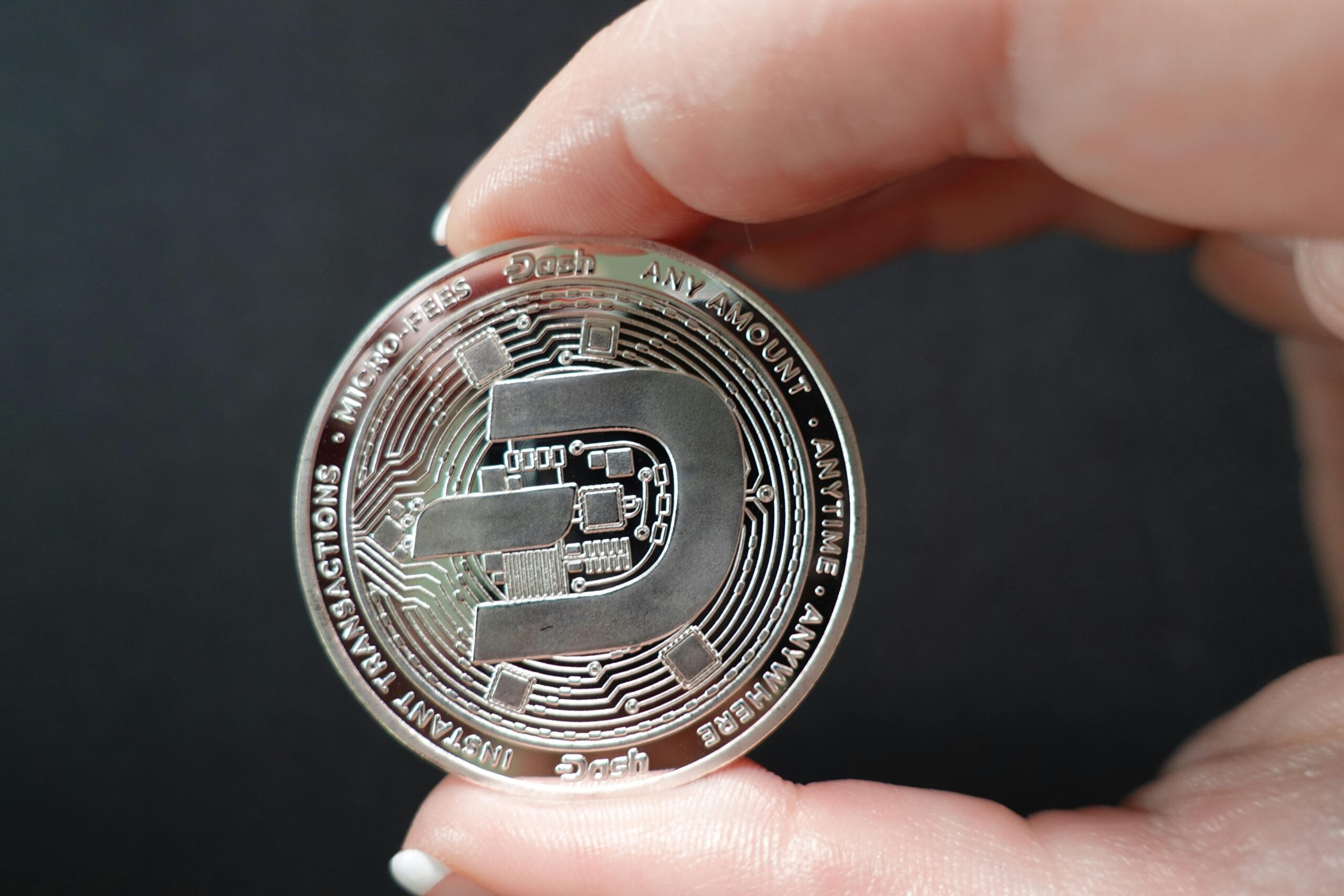Blockchain-Powered Microfinance: Empowering the Unbanked
Introduction
Imagine living in a world where your access to financial services is limited or even nonexistent. For nearly 1.7 billion people globally, this is not just a hypothetical situation—it’s their reality. These individuals make up the unbanked population, a group that faces significant barriers to economic participation. The concept of financial inclusion is crucial for their empowerment, as it can unlock opportunities that many of us take for granted.
Enter blockchain-powered microfinance. This innovative fusion of technology and financial services has the potential to revolutionize how we think about financial inclusion, particularly for the unbanked. By leveraging the strengths of blockchain, microfinance can become more accessible, transparent, and efficient, offering a lifeline to those who need it most.
Understanding the Unbanked Population
Definition and Demographics
So, who exactly are the unbanked? The unbanked are individuals who do not have access to traditional financial services like bank accounts, credit, or insurance. This group is often concentrated in low-income regions, particularly in developing countries. However, being unbanked isn’t just a matter of geography; it also intersects with factors such as gender, age, and education.
Challenges Faced by the Unbanked
The challenges faced by the unbanked are multifaceted. Without access to financial services, they are often unable to save money securely, access credit for emergencies or business ventures, or insure themselves against risks. This lack of financial infrastructure perpetuates cycles of poverty and limits economic growth on both an individual and community level.
The Social and Economic Impact of Being Unbanked
The social and economic impact of being unbanked is profound. Financial exclusion can lead to increased vulnerability to financial shocks, limited access to education and healthcare, and a general lack of opportunities for upward mobility. On a larger scale, the unbanked represent a significant portion of the population that is effectively cut off from participating in the global economy.

What is Microfinance?
Definition and History of Microfinance
Microfinance is a type of financial service that provides small loans, savings accounts, and other financial products to individuals who typically do not have access to traditional banking services. The concept of microfinance gained traction in the 1970s with the work of Muhammad Yunus and the founding of Grameen Bank in Bangladesh. Since then, microfinance has grown into a global movement aimed at reducing poverty by empowering individuals through financial inclusion.
The Role of Microfinance in Poverty Alleviation
Microfinance plays a crucial role in poverty alleviation by providing the unbanked with the tools they need to improve their economic situation. By offering small loans to entrepreneurs, particularly women, microfinance helps individuals start or expand businesses, generate income, and improve their quality of life.
Traditional Microfinance vs. Blockchain-Powered Microfinance
Traditional microfinance, while impactful, has its limitations. High operational costs, limited reach, and issues of transparency and accountability have hindered its effectiveness. This is where blockchain comes in. Blockchain-powered microfinance addresses these challenges by offering a decentralized, transparent, and efficient alternative to traditional models.
Blockchain Technology: A Game Changer
Introduction to Blockchain Technology
Blockchain is a distributed ledger technology that records transactions across multiple computers in a way that ensures security, transparency, and immutability. Each transaction is stored in a “block,” and these blocks are linked together to form a “chain.” The decentralized nature of blockchain means that no single entity has control over the entire network, which makes it more secure and resistant to fraud.
Key Features of Blockchain
The key features of blockchain—decentralization, transparency, and security—make it particularly well-suited for microfinance. Decentralization removes the need for intermediaries, reducing costs and increasing efficiency. Transparency ensures that all transactions are visible and traceable, which helps build trust. Finally, the security of blockchain means that transactions are protected from tampering and fraud.
How Blockchain Can Address the Challenges of Traditional Microfinance
Blockchain addresses many of the challenges associated with traditional microfinance. By reducing operational costs, it makes microfinance more accessible to a larger population. Its transparency and security features also help to build trust between lenders and borrowers, which is essential for the success of microfinance initiatives.
The Intersection of Blockchain and Microfinance
How Blockchain Enhances Microfinance
Blockchain enhances microfinance by streamlining operations and reducing costs. For example, blockchain can automate the loan application process, reducing the time and resources needed to process each application. It can also facilitate cross-border transactions, making it easier for microfinance institutions to operate in multiple regions.
Case Studies of Blockchain-Powered Microfinance Platforms
Several blockchain-powered microfinance platforms are already making waves in the industry. For instance, Humaniq is a platform that leverages blockchain to provide financial services to the unbanked in Africa. Another example is Moeda, a platform that uses blockchain to offer microloans to women entrepreneurs in Brazil. These platforms demonstrate the potential of blockchain to transform microfinance on a global scale.
Potential Benefits for the Unbanked
The potential benefits of blockchain-powered microfinance for the unbanked are immense. By reducing costs and increasing efficiency, blockchain makes microfinance more accessible to those who need it most. Additionally, the transparency and security of blockchain can help to build trust between lenders and borrowers, which is essential for the success of microfinance initiatives.
Decentralized Finance (DeFi) and Microfinance
Introduction to DeFi
Decentralized Finance, or DeFi, is a movement that leverages blockchain technology to create a new, decentralized financial system. DeFi applications run on blockchain networks and offer a range of financial services, including lending, borrowing, and trading, without the need for intermediaries like banks.
DeFi vs. Traditional Financial Systems
DeFi differs from traditional financial systems in several key ways. First, DeFi is open and permissionless, meaning that anyone with an internet connection can access DeFi services. Second, DeFi is decentralized, with no single entity controlling the system. Finally, DeFi is transparent, with all transactions recorded on a public blockchain.
The Role of DeFi in Microfinance
DeFi has the potential to revolutionize microfinance by providing a decentralized, transparent, and efficient alternative to traditional microfinance models. By leveraging DeFi, microfinance institutions can reduce costs, increase transparency, and reach a larger population.

Key Advantages of Blockchain-Powered Microfinance
Lower Transaction Costs
One of the key advantages of blockchain-powered microfinance is lower transaction costs. By removing intermediaries and automating processes, blockchain reduces the costs associated with processing loans and other financial transactions. This makes microfinance more affordable and accessible to a larger population.
Increased Transparency and Security
Blockchain’s transparency and security features are particularly beneficial for microfinance. With all transactions recorded on a public ledger, there is a clear and traceable record of every transaction. This helps to build trust between lenders and borrowers and reduces the risk of fraud.
Faster Processing and Access to Funds
Blockchain enables faster processing and access to funds by automating many of the processes involved in microfinance. This means that borrowers can receive their funds more quickly, which is particularly important in emergency situations.
Global Reach and Accessibility
Finally, blockchain’s global reach and accessibility make it an ideal solution for microfinance. By operating on a decentralized network, blockchain-powered microfinance platforms can reach individuals in remote and underserved regions, providing them with access to financial services that were previously out of reach.
Challenges and Barriers
Technological Barriers
Despite its potential, blockchain-powered microfinance faces several challenges. One of the biggest challenges is technological barriers. Many individuals in developing regions do not have access to the internet or the necessary technology to participate in blockchain-based financial services.
Regulatory Challenges
Regulatory challenges are another significant barrier to the adoption of blockchain-powered microfinance. Different countries have different regulations regarding blockchain and cryptocurrencies, which can make it difficult for microfinance institutions to operate across borders.
Trust and Adoption Issues
Finally, trust and adoption issues are a challenge for blockchain-powered microfinance. While blockchain’s transparency and security features help to build trust, many individuals are still unfamiliar with the technology and may be hesitant to adopt it.
Real-World Applications and Success Stories
Success Stories from Different Regions
Despite the challenges, there are several success stories of blockchain-powered microfinance from different regions. For example, in Kenya, BitPesa is using blockchain to provide affordable remittance services to individuals in rural areas. In India, the platform Celo is leveraging blockchain to provide financial services to the unbanked.
How Blockchain Has Transformed Communities
Blockchain-powered microfinance has transformed communities by providing individuals with access to financial services that were previously out of reach. For example, in Nigeria, the platform SureRemit is using blockchain to provide affordable remittance services to individuals in remote areas, helping to boost the local economy.
Impact on Women’s Financial Empowerment
One of the most significant impacts of blockchain-powered microfinance has been on women’s financial empowerment. By providing women with access to microloans and other financial services, blockchain-powered microfinance platforms have helped to empower women economically and improve their quality of life.
The Future of Blockchain in Microfinance
Emerging Trends and Innovations
The future of blockchain in microfinance is bright, with several emerging trends and innovations on the horizon. For example, the use of smart contracts in microfinance is expected to increase, allowing for more efficient and automated loan processing.
Predictions for the Next Decade
Over the next decade, we can expect to see continued growth in the adoption of blockchain-powered microfinance. As more individuals and institutions recognize the benefits of blockchain, we can expect to see increased investment in blockchain-powered microfinance platforms and greater adoption of the technology.
The Role of Policymakers and Stakeholders
Policymakers and stakeholders will play a crucial role in the future of blockchain-powered microfinance. By creating supportive regulatory frameworks and investing in education and infrastructure, policymakers can help to accelerate the adoption of blockchain-powered microfinance and ensure that its benefits are realized by all.
Steps to Implement Blockchain in Microfinance
Key Considerations for Microfinance Institutions
For microfinance institutions looking to implement blockchain, there are several key considerations to keep in mind. These include the need for collaboration with blockchain developers, investment in education and training for staff and users, and ensuring that the technology is accessible to all.
Collaboration with Blockchain Developers
Collaboration with blockchain developers is essential for microfinance institutions looking to implement blockchain. By working with developers, microfinance institutions can ensure that the technology is tailored to their needs and that it is implemented in a way that is secure and efficient.
Ensuring User Education and Adoption
Finally, ensuring user education and adoption is crucial for the success of blockchain-powered microfinance. By investing in education and training, microfinance institutions can help to build trust and ensure that users are comfortable with the technology.

Conclusion
For More Information Check This
Blockchain-powered microfinance has the potential to revolutionize financial inclusion and empower the unbanked. By leveraging the strengths of blockchain—decentralization, transparency, and security—microfinance can become more accessible, efficient, and impactful. While there are challenges to overcome, the future of blockchain in microfinance is bright, and the potential benefits for the unbanked are immense. As we look to the future, it’s clear that blockchain has the power to transform microfinance and, in doing so, empower millions of individuals around the world.
FAQs
How does blockchain improve microfinance?
Blockchain improves microfinance by reducing costs, increasing transparency, and ensuring the security of transactions. This makes microfinance more accessible and efficient, particularly for the unbanked.
What are the risks of using blockchain in microfinance?
The risks of using blockchain in microfinance include technological barriers, regulatory challenges, and issues related to trust and adoption. However, with the right strategies, these risks can be mitigated.
Can blockchain-powered microfinance be applied globally?
Yes, blockchain-powered microfinance can be applied globally. Its decentralized nature and global reach make it an ideal solution for providing financial services to individuals in remote and underserved regions.
How does microfinance help the unbanked?
Microfinance helps the unbanked by providing them with access to financial services, such as loans and savings accounts, that they would not have access to through traditional banking systems. This can help to improve their economic situation and quality of life.
What are some successful examples of blockchain-powered microfinance?
Successful examples of blockchain-powered microfinance include platforms like Humaniq in Africa, Moeda in Brazil, and BitPesa in Kenya. These platforms have successfully used blockchain to provide financial services to the unbanked and empower individuals economically.



I am typically to blogging and i actually appreciate your content. The article has actually peaks my interest. I’m going to bookmark your web site and maintain checking for new information.